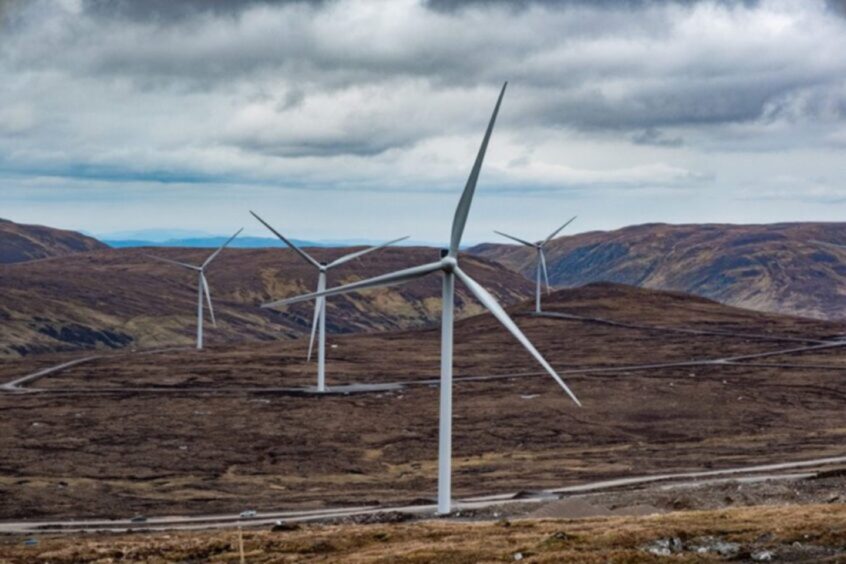
Investors are bringing a rising number of energy arbitration claims against states, driven by the pace of transition to renewables and the increase in environmental, social and governance (ESG) and climate-related regulations.
The ever-changing global energy industry is a hotbed for international arbitration.
Recently, a new path on the net-zero journey opened up as on 22 February 2024, the UK became the latest state to announce its withdrawal from the Energy Charter Treaty (ECT), and on 24 April 2024, the EU Parliament approved plans to exit the treaty.
The assumption might be that this will stem the number of arbitration cases. However, a 20-year sunset clause could dampen that desire, and possibly see many claims rush in.
Signed in 1991 and entered into force in 1998, the aim of the ECT was to establish a legal framework to encourage foreign investments and international cooperation in the energy sector.
The treaty contains a binding dispute resolution mechanism, allowing an investor of an ECT member state to bring investor-state arbitration against another ECT member state to claim compensation for breaches of the substantive investment protections set out under the ECT.
These include protections against expropriation without payment of a prompt, adequate and effective compensation; a guarantee that the state will not treat foreign investors or investments less favourably than the state’s own investors or their investments (national treatment) and a guarantee that the state will not treat foreign investors or investments less favourably than those of a third-country (most-favoured nation or MFN).
Some have argued that the ECT has been used as a channel for investors to take action against governments introducing climate-friendly regulations, but looking at the data, there is another side to the story.
Renewable investments
According to the ECT Secretariat, as of 1 June 2022 more than half of the arbitration cases brought under the ECT have concerned renewable investments.
In total, there have been at least 150 investment arbitration cases brought under the ECT. Of these 150+ cases, 91 concern renewables investments and 50 relate to fossil fuel investments.
In light of this data, there has been a desire to seek modernisation, rather than decimation of the ECT. However, this reveals yet more twists in the journey to net zero.
Following various rounds of negotiations between 2019 and 2022, an agreement in principle on the modernised text of the ECT was reached in June 2022, including a proposal to exclude fossil fuels from future ECT investment protection. This modernisation appeared as an attempt to shift focus towards renewables.
However, in parallel, there has been a cascade of ECT terminations: Poland, France and Germany have already departed from the ECT; Luxembourg’s ECT withdrawal will be effective by mid-2024; and the Netherlands, Spain, Denmark, Ireland, Portugal and Slovenia have also announced their intention to exit the treaty.
Given this series of withdrawals, in November 2022, the ECT member states failed to reach a sufficient majority to ratify the modernised text of the ECT, and in July 2023, the EU Commission proposed a coordinated withdrawal of the EU, Euratom, and the EU member states from the ECT.
Subsequently, on 7 March 2024, the EU Council gave its approval regarding the EU Commission’s proposal to exit the ECT. On 24 April 2024, the EU Parliament voted in favour of a coordinated withdrawal and the EU Council’s final approval is now expected.
According to the EU Commission, given that the ECT covers areas which fall under exclusive EU competence, EU member states are not allowed to remain parties to the ECT once the EU withdrawal becomes effective unless they obtain specific EU approval to do so.
Three pillars
However, on 1 March 2024, the EU Commission submitted a proposal for an EU Council decision, urging EU member states not to prevent the adoption of a modernised version of the ECT while they consider coordinated exit solutions.
During an inter-committee session between the EU Commission and the EU Parliament held on 21 March 2024, the EU Commission suggested a three-pillar coordinated withdrawal from the ECT:
- First Pillar – An agreement to approve the EU and Euratom’s exit from the ECT.
- Second Pillar – A unanimous decision from the EU member states not to block the adoption of a modernised ECT.
- Third Pillar – Termination of the ECT by EU member states which are still parties to the ECT, unless they have been authorised by the EU Commission.
In light of these recent proposals at the EU level, it remains to be seen if ECT member states will be able to agree a modernised ECT.
Investment arbitration
Given that the ECT contains a 20-year sunset clause, which protects investments covered by the ECT for 20 years after withdrawal from the treaty, terminating the ECT without first agreeing an amended text would leave the EU and exiting ECT member states exposed to potential investment arbitration proceedings in relation to fossil fuels and renewables for 20 years.
However, after that, future renewable investments would not be able to benefit from any ECT protections.
In February, the UK Government confirmed its intention to leave the ECT. However, the UK’s official withdrawal from the treaty will only be effective one year after the notification of the withdrawal to the ECT Depository, i.e. Portugal, which also announced its intention to depart from the ECT.
In the medium term, due to the 20-year sunset provision found in Article 47 of the ECT, the UK’s withdrawal from the treaty will not drastically change the situation with respect to existing investments.
Foreign investors in the UK and UK investors abroad will still be able to file investment arbitration claims against ECT member states with respect to measures impacting existing investments until at least 2045, but we will all be watching to see which new path to net zero will materialise and whether a shift in investment arbitration trends will occur.